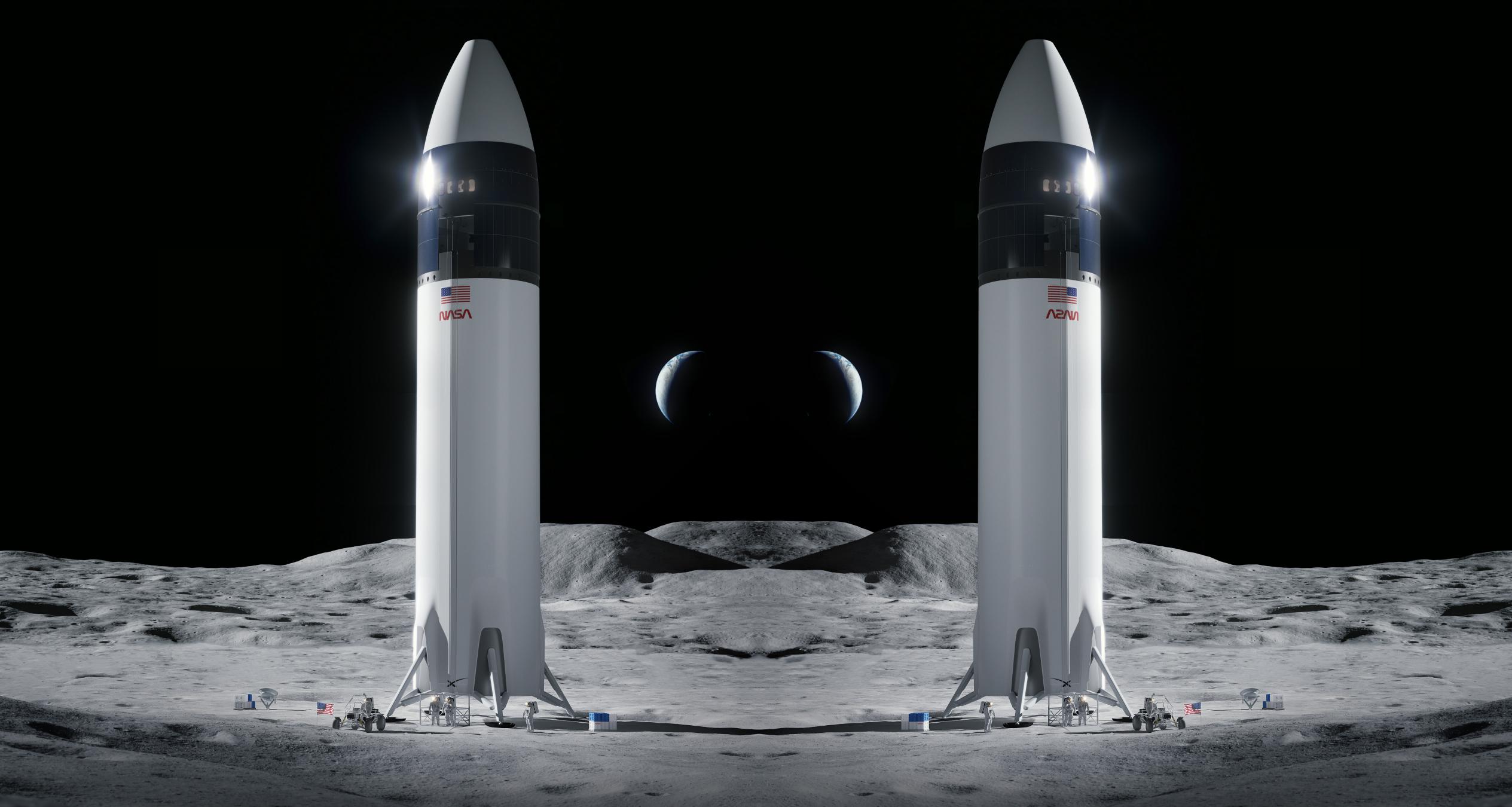To satisfy their needs for long-term human exploration of the Moon under Artemis, NASA has granted SpaceX a contract modification to further develop their Starship human landing platform.
The Artemis IV mission of NASA will include a second crewed landing demonstration mission from SpaceX in 2027 as a result of this development.
It is a tricky task to send astronauts back to the Moon to study, dwell, and work. NASA will be in a better position to complete the missions of the future thanks to the several planned landers from SpaceX and potential partners, according to NASA Administrator Bill Nelson, including performing more research on the surface of the Moon than ever before and preparing for crewed trips to Mars.
The adjustment, referred to as Option B, comes after SpaceX was granted a contract under Appendix H of the Next Space Technologies for Exploration Partnerships-2 (NextSTEP-2) contract in July 2021. NASA previously stated intentions to work with SpaceX to implement this Option B.
According to Lisa Watson-Morgan, manager of the Human Landing System program at NASA’s Marshall Space Flight Center in Huntsville, Alabama, “continuing our joint work with SpaceX through Option B deepens our adaptable plans for regular manned transportation to the moon’s surface and establishing a long-term human habitation under Artemis.”
This important effort will enable us to concentrate on creating lunar landers with a service-based model that adheres to NASA’s criteria for repeat trips to the moon’s surface.
This additional work is being done under Option B with the intention of creating and demonstrating a Starship lunar lander that satisfies NASA’s sustaining criteria for missions beyond Artemis III, including docking with Gateway, housing four crew members, and delivering greater mass to the surface.
For Artemis III, which will be the first time in more than 50 years that humans will set foot on the lunar surface, NASA first chose SpaceX to create a human landing system variation of the Starship. Prior to Artemis III, SpaceX will fly a demonstration trip to the Moon without humans as part of that agreement.
The organization is pursuing two parallel avenues for human lunar landers designed in accordance with NASA’s ongoing criteria to widen the pool of qualified commercial suppliers – the current contract with SpaceX and another RFP launched earlier this year.
The second request, NextSTEP-2 Appendix P, is available to all other American businesses and calls for the creation of manned and uncrewed demonstration trips from lunar orbit to the Moon’s surface.
Astronaut Moon Landers, the Space Launch System rocket, the Orion spacecraft, ground systems, spacesuits and rovers, and Gateway are all essential components of NASA’s deep space exploration ambitions.
As part of Artemis, NASA will send a variety of new lunar research equipment and technology demonstrations to the Moon in order to study it, send the first woman and first person of color to the Moon, create a permanent lunar presence, and more. In order to be ready for the next big leap, which is sending people to Mars, the agency will draw on its Artemis experiences and technology.
Source: NASA

